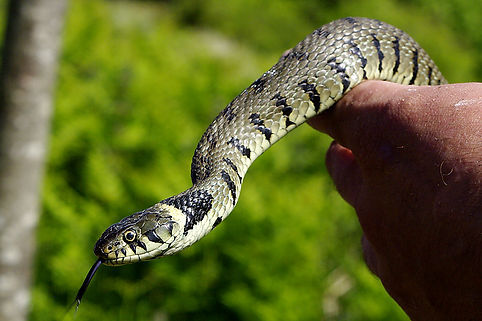.jpg)
Conservation
Looking after the huge number or species on our land, including some rarities, is a big responsibility. Many species found here are uncommon or need careful monitoring to ensure that they thrive.
To learn more about how and why we look after the land, flora and fauna in our care, read on!
What is conservation?
Conservation aims to look after and protect plants, animals and habitats from any harm they might experience, particularly as a result of them being used by people.
Why do we do conservation?
On our 76 acres we have a variety of habitats, including: woodland, grassland, sand dune and beach, and each of these has its own particular types of plants and animals. We want to help these areas to be as healthy as they can be, and ensure that they’re able to thrive, so we do conservation work in order to achieve this goal.
How do we do conservation?
The time of year determines the work we do, which makes sense when you consider natural cycles and timing such as nesting season, flowering season, breeding season etc. all happening at various times.
We carry out many jobs onsite including cutting back unwanted vegetation such as scrub to allow new growth of other plants, cutting back of trees to allow more light through to the ground as well as creating “rides” for butterflies to fly along, and maintaining our bird feeding areas.
Other conservation tasks such as bird surveys happen all year round to give us an idea of how well we’re attracting birds to the site at different times throughout the year. All of our survey data is then uploaded to online databases to inform various organisations who consider the data at different scales across the country.
The fenceline around our site was completed recently, allowing us to begin conservation grazing by cattle and sheep on the headland area. Conservation grazing keeps the grass short, providing space and resources for other plants and wildflowers to grow. This increases the biodiversity of the site and provides habitat for reptiles, bees and other insects, and the animals which feed on these such as birds, badgers and foxes.

